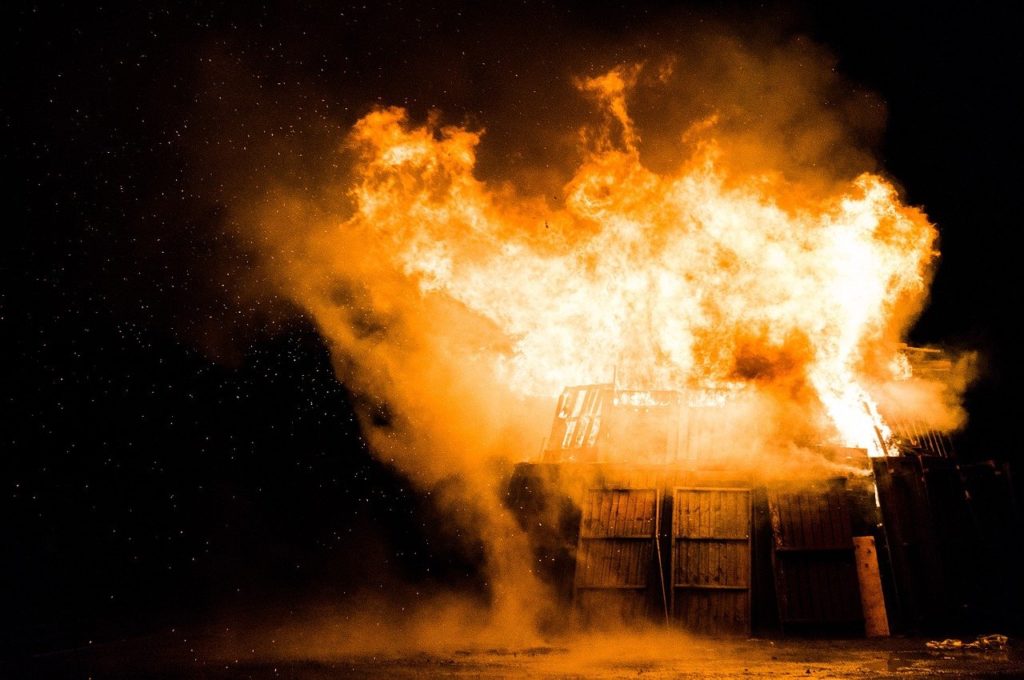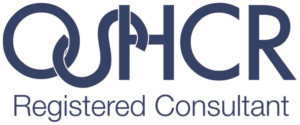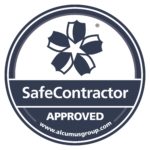What is DSEAR?
All sites storing, handling or using “dangerous substances”, including combustible dusts or powders, that are capable of causing fire or explosion come under the Dangerous Substances and Explosive Atmospheres Regulations 2002 (DSEAR). The Regulations complement the requirement to manage risks under the Management of Health and Safety at Work Regulations 1999.
DSEAR requires employers to assess the risks of fires and explosions that may be caused by dangerous substances in the workplace.
From June 2015 DSEAR also covers the risk caused by gases under pressure and substances that are corrosive to metals.
The aim is to protect employees and other people who may be put at risk, such as visitors to the workplace and members of the public.

Through our experienced DSEAR team we are able to help with any of the following:
Undertake a DSEAR (UK) or ATEX (Europe) risk assessment of all operations involving potentially dangerous substances.
Take actions to eliminate or reduce the risks presented by dangerous substances.
DSEAR consultancy
Fire Safety Engineering support
Fire Safety Strategy – Development and Review
Qualitative Design Review
Fire Safety advice & support during Statutory Approval & Construction Process
Fire Safety Management Review / Support
HAZOP / HAZID Support
Provide information and DSEAR (ATEX) training to employees:
-
-
-
Awareness
-
Managers & Supervisors
-
Risk Assessor Training
-
Bespoke DSEAR Training
-
-

What are dangerous substances?
Dangerous substances are any substances used or present at work that could, if not properly controlled, cause harm to people because of a fire, explosion or corrosion of metal. These substances can be found in nearly all workplaces.
Examples include:
-
solvents
-
paints
-
varnishes
-
flammable gases such as liquid petroleum gas (LPG)
-
dusts from machining and sanding operations
-
dusts from foodstuffs
-
pressurised gases and substances corrosive to metal

Who does DSEAR effect?
DSEAR applies whenever:
-
there is work being carried out by an employer (or self employed person)
-
a dangerous substance is present (or is liable to be present) at the workplace
-
the dangerous substance could be a risk to the safety of people as a result of fires, explosions or similar energetic events or through corrosion to metal



